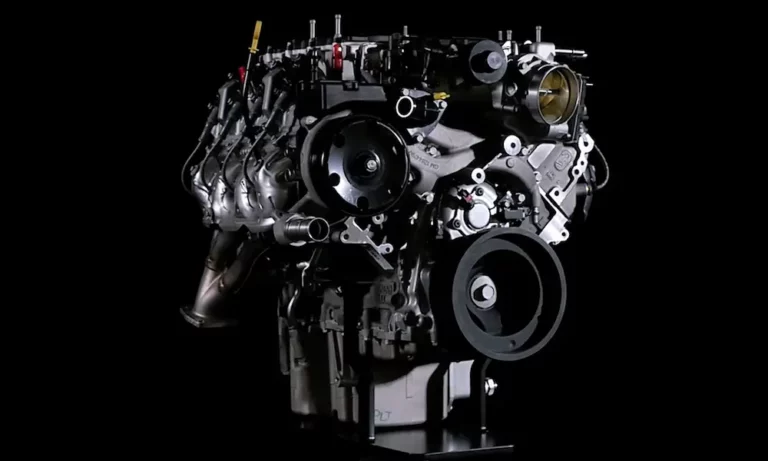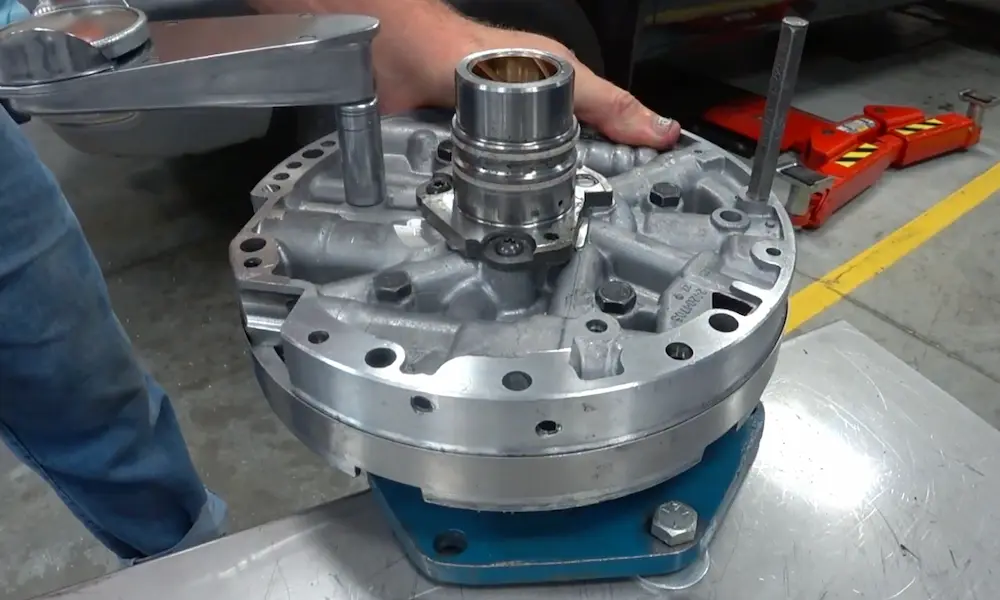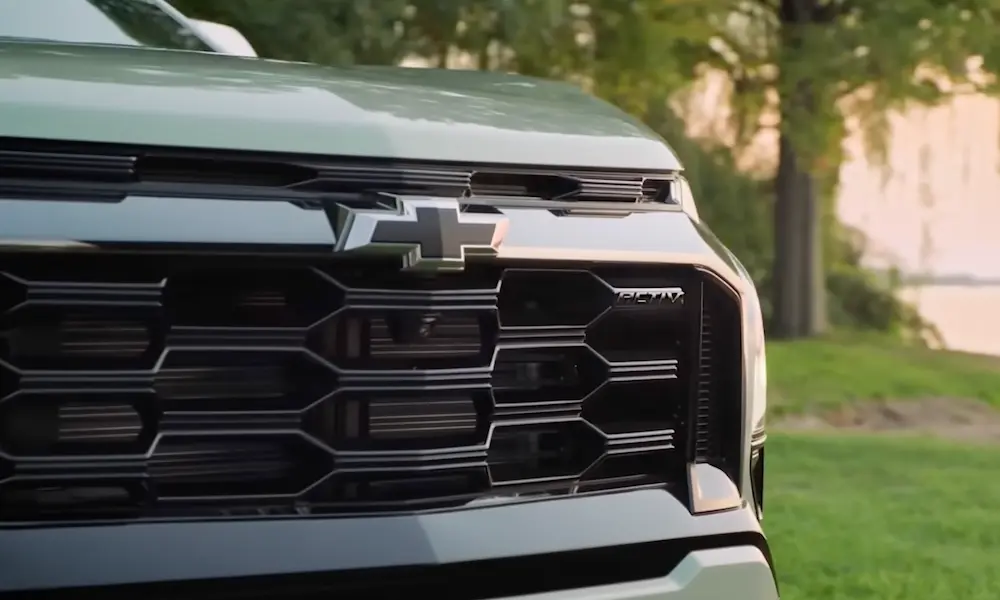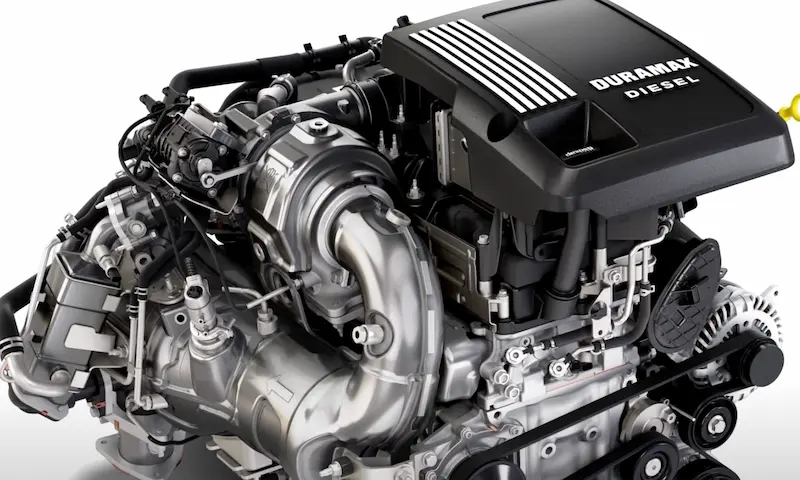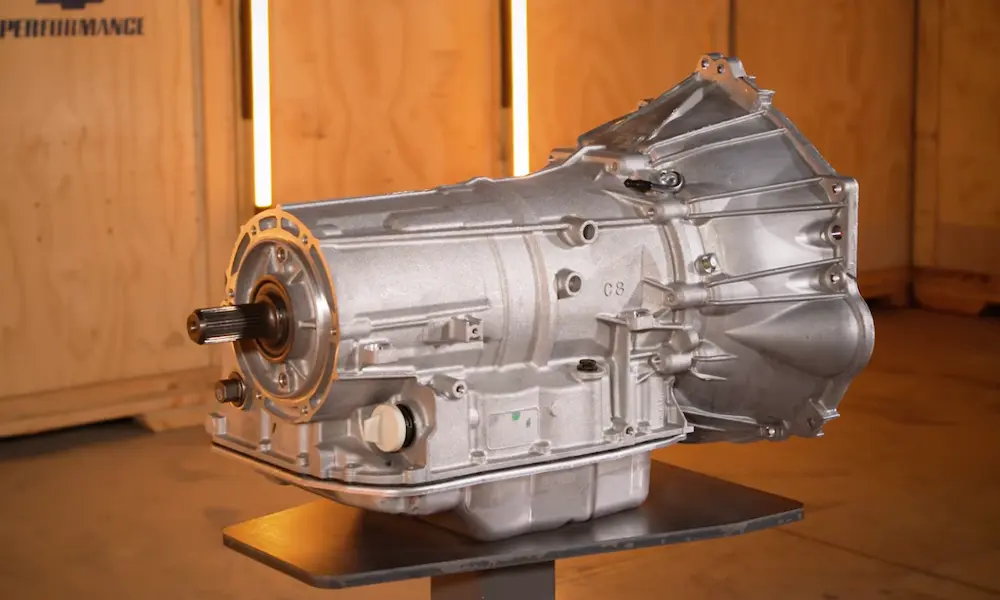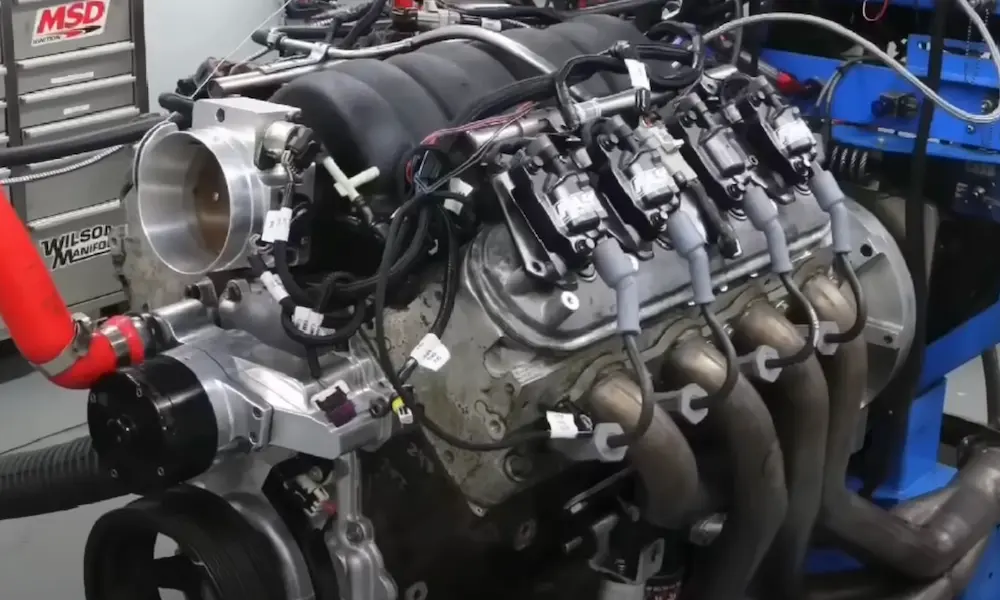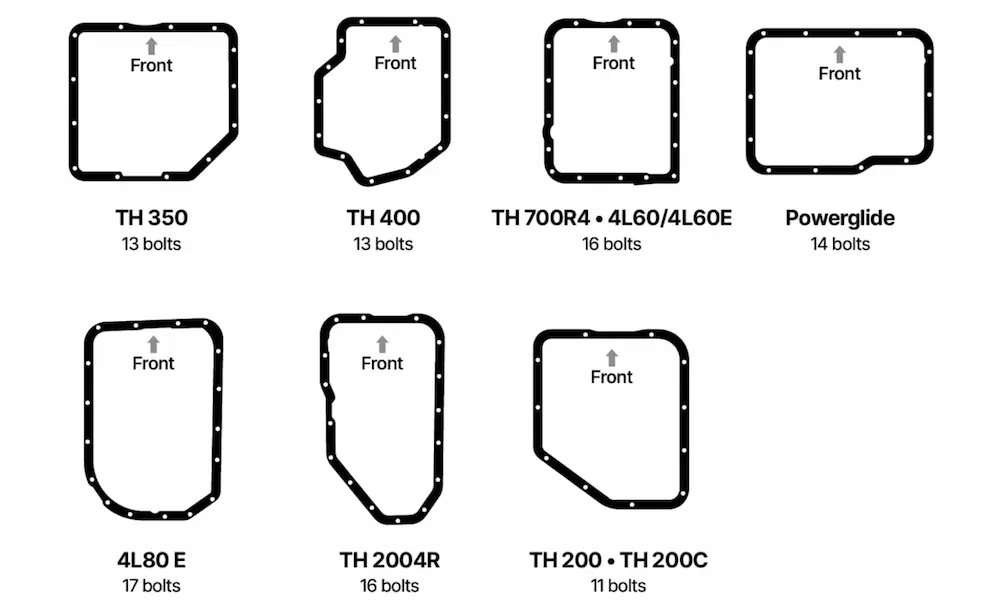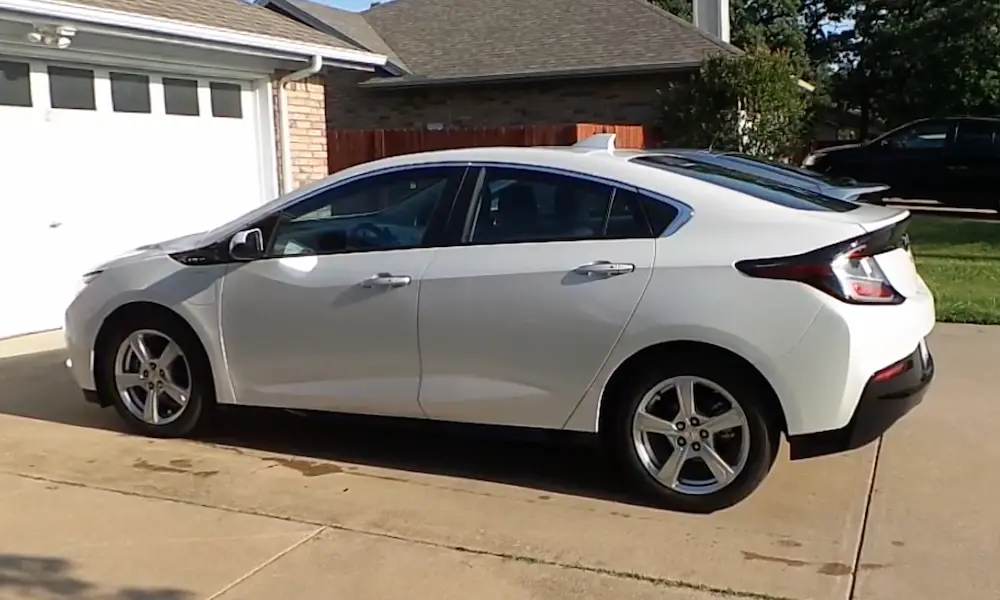Curious about what makes the LT4 engine one of GM’s most impressive powerplants? Whether you’re considering a Corvette Z06, Camaro ZL1, or just appreciate automotive engineering, understanding the LT4’s capabilities can help you appreciate why it’s such a remarkable piece of machinery.
What Is the LT4 Engine?
The LT4 is GM’s supercharged 6.2-liter V8 engine that powers some of the most thrilling vehicles in their lineup. Introduced in 2014, this engine builds on the naturally-aspirated LT1 platform but adds forced induction and numerous upgrades to handle the extra power.
What makes the LT4 special is its ability to deliver supercar performance while maintaining the compact dimensions of a traditional pushrod V8. Despite its massive power output, it maintains a smaller footprint than many overhead cam designs with similar power.
LT4 Engine Specs: The Essential Numbers
Let’s get right to the numbers that matter most:
| Specification | Detail |
|---|---|
| Displacement | 6.2L (376 cubic inches) |
| Horsepower | 640-650 hp (varies by application) |
| Torque | 630-650 lb-ft |
| Boost | 9+ psi |
| Compression Ratio | 10.0:1 |
| Redline | 6,600 RPM |
| Block Material | Cast aluminum |
| Required Fuel | Premium (93 octane) |
The LT4 achieves these impressive figures through a combination of supercharging, direct injection, and advanced materials. Peak horsepower typically arrives around 6,400 RPM, with maximum torque hitting around 3,600 RPM, giving vehicles equipped with this engine tremendous acceleration throughout the rev range.
Core Architecture and Block Design
The foundation of the LT4 is its aluminum block, which features six-bolt, cross-bolted main caps made from nodular iron. This design provides exceptional strength and rigidity under the immense pressures generated by forced induction.
Inside the block, you’ll find a forged steel crankshaft rather than a cast unit, which provides the durability needed to handle the engine’s substantial torque. The connecting rods are manufactured from forged powdered metal steel, precisely machined to optimize strength while minimizing weight.
The engine maintains the traditional overhead valve (OHV) design with two valves per cylinder. While some might consider this old-school compared to DOHC setups, this architecture contributes to the LT4’s compact dimensions and lower center of gravity – both crucial advantages in performance applications.
Supercharger System and Forced Induction
The heart of the LT4’s impressive performance is its supercharger:
- 1.7-liter Eaton R1740 TVS (Twin Vortices Series) supercharger
- Four-lobe design spinning up to 20,000 RPM
- Generates more than 9 pounds of boost pressure
- Dual-brick air-to-liquid intercooler system
This supercharger system delivers immediate throttle response – a key advantage over turbocharging. The intercooler system is particularly important as it reduces the temperature of compressed air before it enters the combustion chambers. Cooler air is denser, allowing for more oxygen and fuel in each cylinder and ultimately more power.
Unlike the previous generation LS9 engine, the LT4 manages to run a relatively high 10.0:1 compression ratio despite being supercharged. This balancing act contributes to better efficiency while still delivering massive power.
Cylinder Head Technology
The LT4’s cylinder heads are engineering marvels in their own right. They’re made from A356-T6 Rotocast aluminum, which is significantly stronger than conventional aluminum castings and handles heat better.
The rotocasting process creates a more uniform grain structure in the metal, virtually eliminating porosity and providing enhanced strength at high temperatures. This is crucial for handling the heat generated by forced induction.
Each head features:
- 65.5cc combustion chambers
- 2.130-inch intake valves (titanium)
- 1.590-inch exhaust valves
- Hydraulic roller camshaft with .492-inch intake valve lift and .551-inch exhaust valve lift
The use of titanium intake valves is particularly noteworthy. These lightweight valves reduce reciprocating mass, allowing for higher RPM operation without valve float. This technology is typically found in exotic engines, demonstrating GM’s commitment to performance with the LT4.
Fuel System and Engine Management
The LT4 uses direct fuel injection, which delivers fuel precisely into the combustion chamber rather than the intake port. This approach:
- Allows for more precise fuel metering
- Improves combustion efficiency
- Contributes to charge cooling within the cylinder
- Supports the relatively high 10.0:1 compression ratio
The engine’s firing order is 1-8-7-2-6-5-4-3, a sequence that balances the forces within the engine for smoother operation. In some applications, the LT4 also features Active Fuel Management (cylinder deactivation), which can shut down four cylinders during light-load conditions to improve fuel economy.
Continuously variable valve timing also helps optimize valve events based on operating conditions, balancing performance and efficiency across the RPM range.
Production and Manufacturing Details
Most LT4 engines are built at GM’s Tonawanda, New York facility. However, specialized versions, particularly those for the Cadillac CT5-V Blackwing, are assembled at the Performance Build Center in Bowling Green, Kentucky.
This Kentucky facility also offers the unique “Build Your Engine” program, allowing customers to participate in assembling their own engine under expert supervision – a rare opportunity in modern automotive manufacturing.
Vehicles Powered by the LT4 Engine
Since its introduction, the LT4 has powered several high-performance GM vehicles:
- C7 Corvette Z06 (2015-2019)
- Third-generation Cadillac CTS-V (2016-2019)
- Sixth-generation Camaro ZL1 (2017-present)
- Cadillac CT5-V Blackwing (2022-present)
- Cadillac Escalade-V (2023-present)
Each application features specific calibration to match the vehicle’s character and performance targets, though the core architecture remains consistent across platforms.
Detailed Technical Specifications
Getting deeper into the technical specifications:
| Measurement | Specification |
|---|---|
| Bore | 4.065 inches (103.25 mm) |
| Stroke | 3.622 inches (92 mm) |
| Displacement | 376 cubic inches (6,162 cc) |
| Camshaft Duration (Intake) | 189 degrees at .050-inch lift |
| Camshaft Duration (Exhaust) | 223 degrees at .050-inch lift |
| Piston Material | Forged aluminum |
| Main Bearing Caps | Nodular iron, six-bolt design |
The LT4’s relatively square bore and stroke dimensions (slightly oversquare) help it achieve its impressive high-RPM performance while still delivering substantial torque throughout the rev range.
How the LT4 Compares to Other GM Engines
The LT4 represents the evolution of GM’s performance engine lineage:
- Vs. LT1: The LT4 shares basic architecture with the naturally aspirated LT1 but adds the supercharger and strengthened internals. The LT1 has a higher 11.5:1 compression ratio but makes significantly less power.
- Vs. LS9: The LT4 succeeded the LS9 supercharged engine from the C6 Corvette ZR1. The LT4 incorporates newer technology like direct injection and manages a higher compression ratio (10.0:1 vs 9.1:1) while delivering comparable power.
- Vs. LT5: The LT5 (used in the C7 Corvette ZR1) builds upon the LT4 platform with a larger 2.65L supercharger and other enhancements to produce 755 horsepower, making it the most powerful production GM small-block ever.
What sets the LT4 apart from many competitors is its combination of massive power with the compact dimensions of a pushrod V8. Few production engines produce 650+ horsepower, placing the LT4 in the company of exotic powerplants from manufacturers like Ferrari and Lamborghini, but with a traditional American V8 character.
Common Questions About the LT4 Engine
Is the LT4 reliable?
Despite its high performance, the LT4 has proven relatively reliable when properly maintained. The forged internals and robust block design contribute to its durability, though the additional heat and pressure from the supercharger do require more attentive maintenance than naturally aspirated engines.
What’s the difference between wet and dry sump LT4 versions?
The LT4 is available in both wet and dry sump configurations. The wet sump version uses a traditional oil pan, while the dry sump system stores oil in a separate reservoir and uses a multi-stage pump system. Dry sump setups are preferred for high-G applications like road racing, as they prevent oil starvation during hard cornering.
Can the LT4 be modified for more power?
The LT4 responds exceptionally well to modifications. Common upgrades include smaller supercharger pulleys to increase boost, cold air intakes, headers, and custom tunes. With these relatively simple modifications, power outputs over 700 horsepower are achievable while maintaining driveability.
The LT4’s Engineering Achievements
What makes the LT4 particularly impressive is how it balances seemingly contradictory goals:
- Massive power output with reasonable fuel efficiency
- Compact dimensions with tremendous output
- Traditional pushrod design with cutting-edge technology
- High-performance operation with emissions compliance
As automotive technology continues to evolve toward electrification, the LT4 stands as one of the pinnacles of internal combustion engine development. It showcases what’s possible when traditional V8 architecture meets modern forced induction and sophisticated engine management systems.
For enthusiasts and engineers alike, the LT4 represents an impressive blend of old-school American V8 character with state-of-the-art performance technology, delivering supercar-level performance in a package that maintains the soul of a classic small-block.

